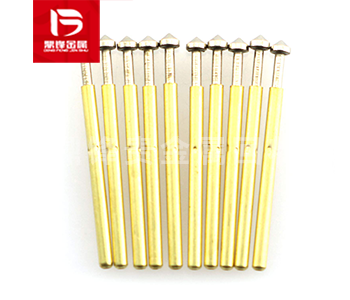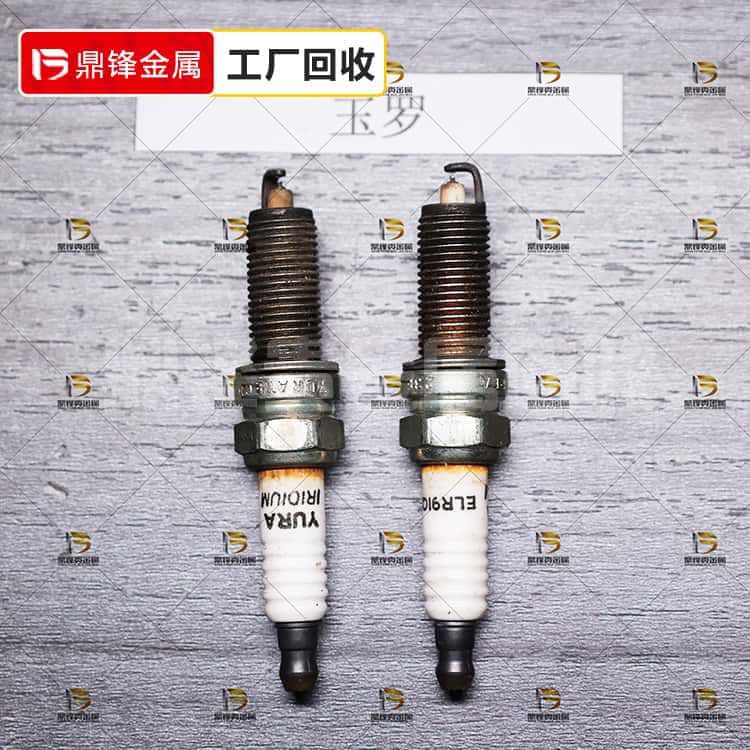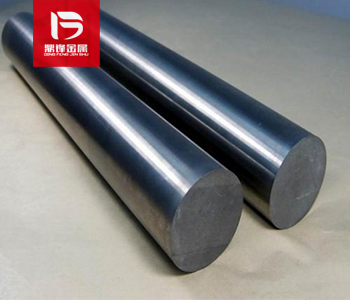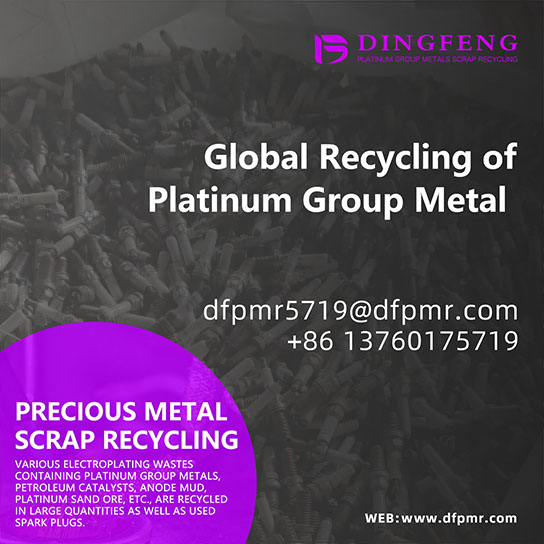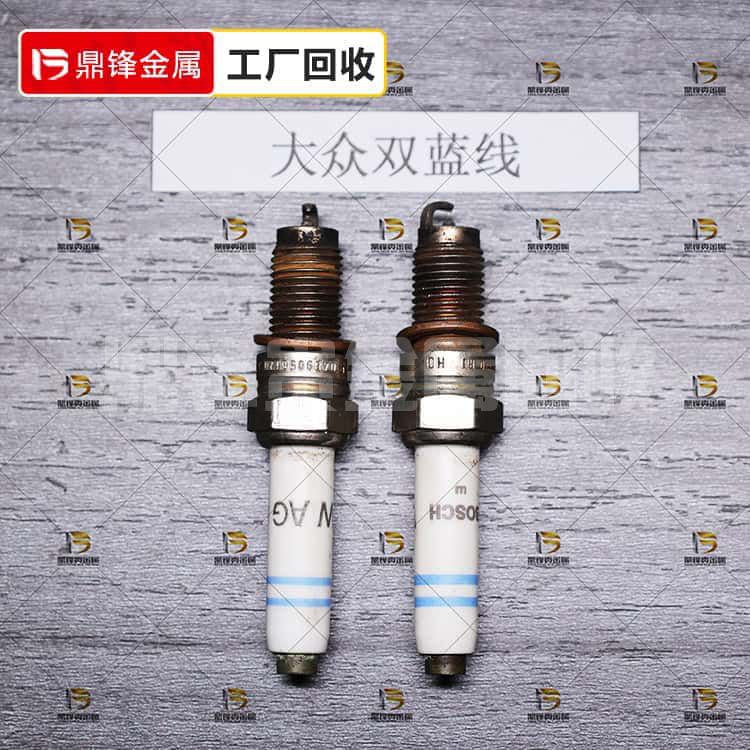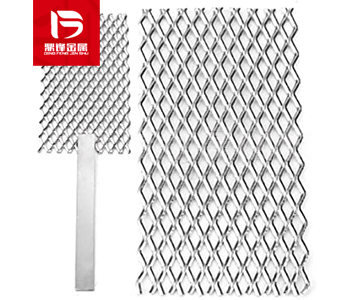Gold plated probe recycling_ Gold plated electronic component recycling_ Precious metal recycling manufacturers
A gold-plated probe is a tiny probe with a layer of metal covering the surface. This kind of probe usually consists of a slender metal needle tip. The sources of gold-plated scrap recycling include gold-plated pin recycling, gold-plated scrap recycling, gold-plated wafer recycling, etc.
Product Details
A gold plated probe is a small probe that covers the surface with a layer of metal. This type of probe usually consists of a slender metal tip, which is coated with a metal material (usually gold or other precious metals) on the surface of the tip through a series of special preparation processes. Such treatment makes the probe surface have high conductivity and excellent chemical stability, and is widely used in Atomic force microscopy (AFM), Scanning tunneling microscope (STM), electrochemical measurement, nanotechnology and other fields.
The preparation of gold plated probe is a precise and complex process, which usually involves the following Committed step: 1. Selection of basic probe: first, it is necessary to select a suitable basic probe. Common basic probes include Atomic force microscopy (AFM) probes and Scanning tunneling microscope (STM) probes. These probes are usually made of metal materials because metals have good conductivity and mechanical stability. 2. Cleaning treatment: Before gold plating, the basic probe needs to undergo strict cleaning treatment to remove surface pollutants and oxides. Cleaning usually involves methods such as using organic solvents, ultrasonic cleaning, and ion cleaning to ensure the cleanliness and flatness of the probe surface. 3. Gold plating process: Gold plating is a Committed step in preparing gold plated probes. A common method is to deposit a layer of gold film on the probe surface by Physical vapor deposition (PVD) technology. This can be achieved by evaporation or sputtering of metal raw materials. During the deposition process, the probe needs to be maintained in a vacuum environment, and the metal raw material needs to be heated to a sufficiently high temperature to evaporate or sputter into metal atoms and form a metal film on the surface of the probe. 4. Surface treatment: After the gold plating is completed, surface treatment may be necessary to improve the performance of the probe. For example, methods such as ion beam bombardment or heat treatment can be used to regulate the structure and morphology of metal films to improve their conductivity, mechanical properties, and lifespan. 5. Quality inspection: Finally, the prepared gold-plated probe needs to undergo quality inspection. Common inspection methods include using a microscope to observe the uniformity and flatness of the coating, as well as using methods such as electron microscopy and spectral analysis to measure the thickness and composition of the coating.
Waste gold plating probes are one of the sources of gold plating waste recycling, which includes gold plating pin recycling, gold plating scrap recycling, gold plating wafer recycling, electroplating gold recycling, and gold plating circuit board recycling. If you have any demand for gold plating waste recycling, please call our 24-hour service hotline. Dingfeng Precious Metal Recycling and Refining Factory has its own recycling and refining factory, and there are no intermediaries to earn price differences. Our professional technical team and customer service personnel provide one-on-one services to ensure customer privacy during the recycling process.


